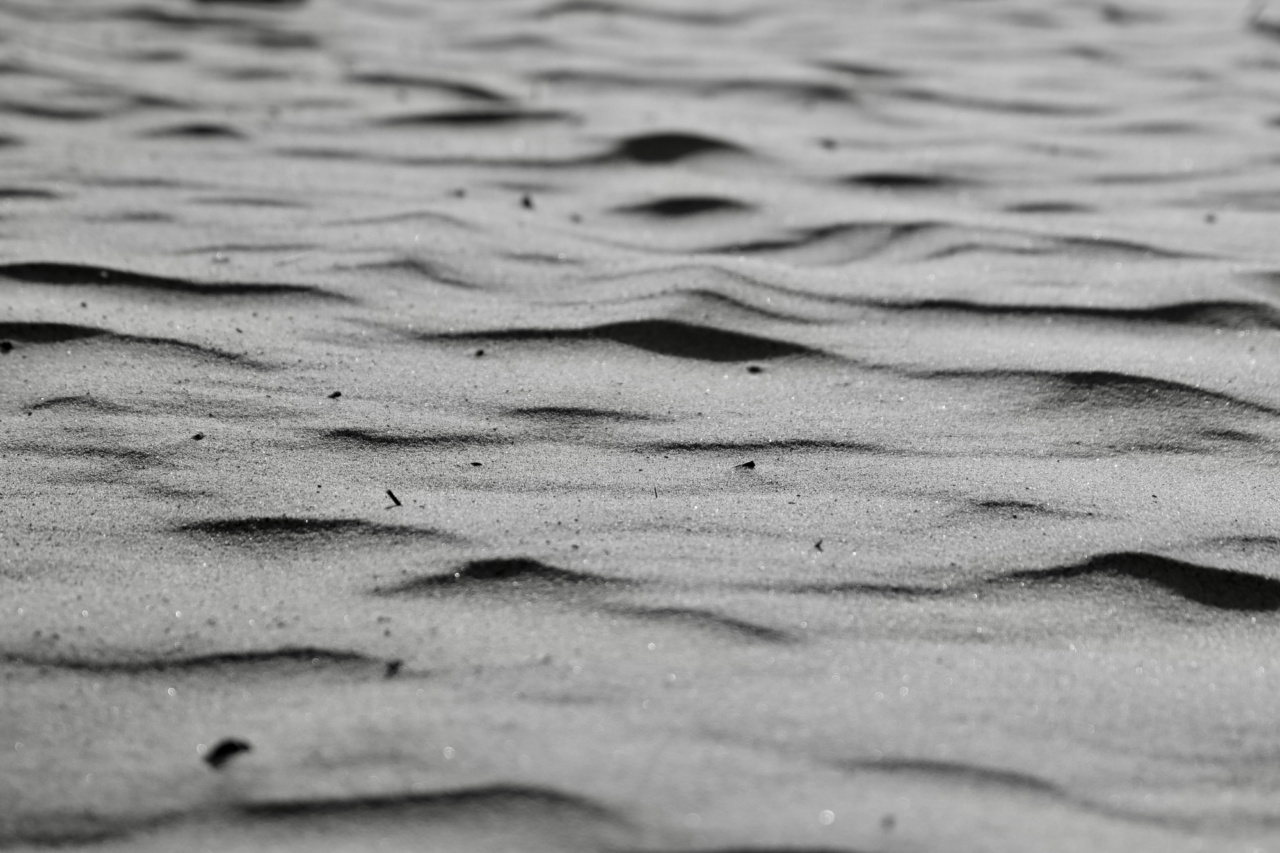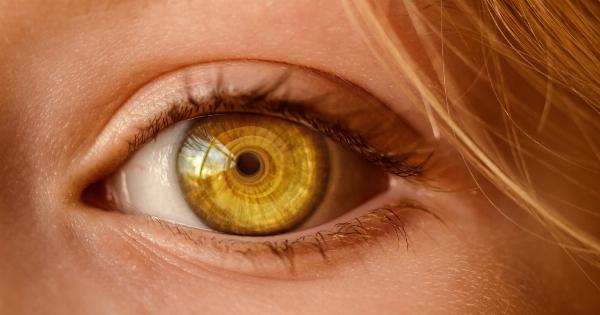Orgasms are often associated with ejaculation of semen in men, but not all orgasms result in the release of fluid.
Dry orgasms, also known as “orgasmic anejaculation,” occur when a man experiences the pleasurable sensations of climax without the expulsion of semen. While dry orgasms are typically harmless, they can sometimes be a sign of an underlying medical condition. In this article, we will explore the causes, symptoms, and potential treatments for dry orgasms.
Causes of Dry Orgasms
There are several factors that can contribute to dry orgasms in men. Understanding these causes can help shed light on why some individuals experience this phenomenon:.
1. Retrograde Ejaculation
Retrograde ejaculation is a condition in which semen is redirected into the bladder instead of being expelled through the urethra. This can cause dry orgasms as the semen does not exit the body outwardly.
Retrograde ejaculation may occur due to certain medical conditions such as diabetes, multiple sclerosis, prostate surgery, or the use of certain medications.
2. Medications and Treatments
Some medications and medical treatments can interfere with normal ejaculation and lead to dry orgasms. Medications that may cause dry orgasms include alpha blockers, antidepressants, antipsychotics, and drugs used to treat high blood pressure.
Similarly, surgeries or treatments that affect the muscles or nerves involved in ejaculation can also cause dry orgasms.
3. Age-Related Changes
As men age, the muscles and nerves involved in ejaculation may weaken, leading to dry orgasms. This is often a natural part of the aging process, and many men may experience dry orgasms as they get older.
However, it is essential to rule out any underlying medical conditions that may be contributing to the issue.
4. Nerve Damage
Injuries or damage to the nerves that control ejaculation can result in dry orgasms. Nerve damage can occur due to various reasons, such as spinal cord injuries, multiple sclerosis, diabetes, or surgeries in the pelvic region.
Depending on the severity and location of the nerve damage, dry orgasms may be temporary or permanent.
5. Psychological Factors
Psychological factors can also play a role in dry orgasms. Performance anxiety, stress, relationship problems, guilt, or certain mental health conditions may interfere with the body’s natural ejaculation response, resulting in dry orgasms.
In such cases, addressing the underlying psychological issues through therapy or counseling may help alleviate the problem.
Symptoms of Dry Orgasms
Dry orgasms present with specific symptoms that can help distinguish them from regular orgasms:.
1. Absence of Semen
The most apparent symptom of a dry orgasm is the absence of semen during climax. Instead of ejaculation, the orgasm feels pleasurable but lacks the characteristic release of fluid.
2. Reduced Sensation
Some men may notice a reduced or altered sensation during orgasm when experiencing dry orgasms. This can range from a milder pleasure to a more subdued feeling compared to ejaculatory orgasms.
3. Cloudy Urine
In cases of retrograde ejaculation, the urine may appear cloudy after sexual activity. This occurs because semen, instead of being expelled, is redirected into the bladder and mixes with urine.
The cloudy urine is a potential sign of dry orgasms due to retrograde ejaculation.
Treatment Options for Dry Orgasms
Whether treatment is necessary for dry orgasms depends on the underlying cause and individual preference. Here are some potential treatment options that may be considered:.
1. Medication Adjustment
If dry orgasms are a side effect of certain medications, a healthcare provider may consider adjusting the dosage or switching to an alternative medication that does not interfere with ejaculation.
However, this should always be done in consultation with a healthcare professional.
2. Medical Interventions
In cases of retrograde ejaculation, medical interventions may be necessary. Medications such as alpha-agonists, which help tighten the muscles in the bladder neck, can prevent semen from entering the bladder.
Additionally, techniques like sperm retrieval can be utilized for assisted reproduction if a couple is trying to conceive.
3. Pelvic Floor Exercises
Exercises that strengthen the pelvic floor muscles, such as Kegels, may help improve ejaculation control and potentially reduce the occurrence of dry orgasms.
These exercises can be easily performed by contracting and relaxing the muscles involved in stopping the flow of urine. Consulting a healthcare professional or a pelvic floor therapist can provide guidance on appropriate techniques.
4. Psychological Support
If psychological factors are contributing to dry orgasms, seeking therapy or counseling may be beneficial. Addressing performance anxiety, stress, or relationship issues can help restore normal ejaculation patterns and improve sexual well-being.
The Importance of Seeking Medical Advice
Although dry orgasms are often harmless, it is crucial for individuals experiencing this condition to seek medical advice, especially if it is a sudden change or accompanied by other concerning symptoms.
A healthcare professional can help identify the underlying cause of dry orgasms and recommend appropriate treatments or interventions.
Conclusion
Dry orgasms can be a perplexing experience for men, but they are often a result of treatable underlying causes.
Understanding the potential causes and symptoms of dry orgasms can help individuals seek the necessary medical attention and explore treatment options. Whether it is adjusting medications, undergoing medical interventions, practicing pelvic floor exercises, or addressing psychological factors, there are avenues available to manage and potentially resolve dry orgasms.
Consulting with a healthcare professional is key to navigating this aspect of sexual health.




























